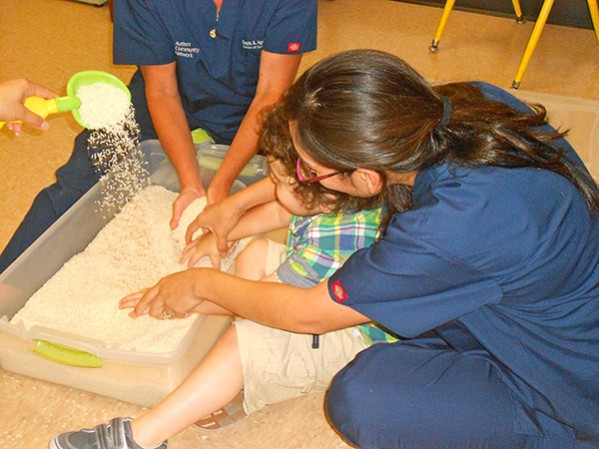How is Autism Diagnosed? Part One
So, how is Autism diagnosed? Until recently, autism spectrum disorders (ASD), including Aspergers Syndrome, have been understood as a range of complex neurodevelopment disorders—characterized by social impairments, difficulties in verbal and non-verbal communication, and restricted, repetitive, and stereotyped patterns of behavior. Changes in definition have been proposed and accepted byContinue Reading




